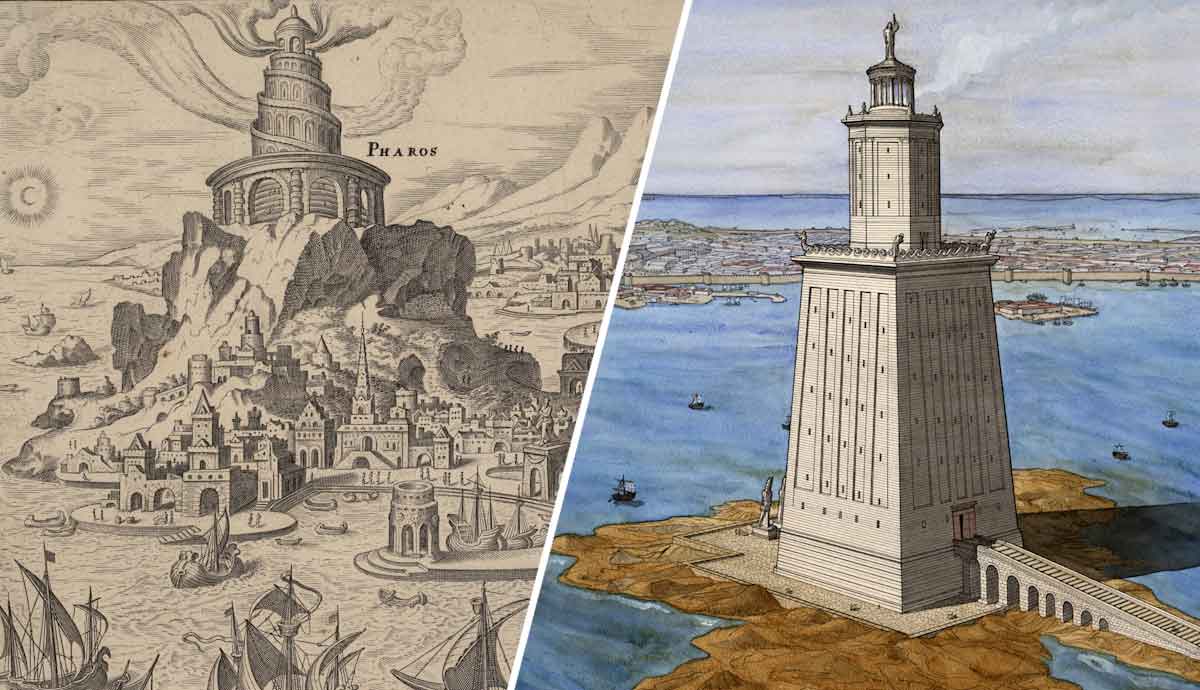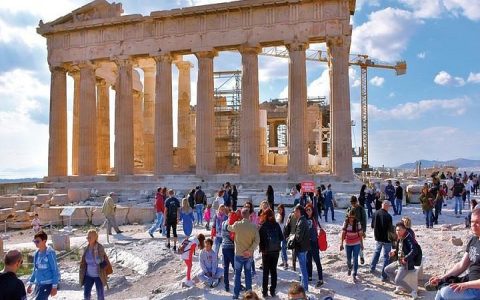How It All Started
Just woke up weirdly obsessed with ancient lighthouses today – specifically that giant one in Alexandria. You know, the one that supposedly guided sailors like a mega-beacon back in the day? Figured, “Heck, why not try to kinda sorta see if I could grasp even a tiny bit of how that thing might have ticked?” No fancy plans, just pure curiosity pulling me in.
The Grand (Messy) Plan
Grabbed some stuff lying around: a big sheet of thick foam board, a hot glue gun (my nemesis, always burns me), some cheap reflective tape, and a super bright camping flashlight. Decided my dining table was the perfect “workshop” – my partner wasn’t thrilled about crumbs mixing with foam dust later. Figured I’d start with the base. Whacked that foam into a rough square chunk and glued a smaller block on top for the main tower. Messy? Absolutely. Hot glue strings everywhere. Looked more like a wonky cake at this point.
Hitting the First Snag
So now for the light part. Wrapped some foil tape around a plastic tube – instant “mirror cylinder” right? Propped that up inside my foam tower with toothpicks (real high-tech stuff). Fired up the flashlight behind it… crickets. The light just kinda… died in there. Barely a dull glow made it out the makeshift “lantern room” I’d glued together. Super disappointing. Felt like the ancient builders were laughing.
Supplies Cost & Time Wasted:

- Foam Board: £3
- Glue Gun Sticks: £1 (half the pack)
- Flashlight Batteries: £2
- 90 Minutes: Down the drain
Back to the Drawing Board (aka Google)
Okay, fine. Took a coffee break and started actually looking stuff up. Forget the fancy words – apparently the real magic wasn’t just a giant candle! Turns out:
- They likely used polished bronze mirrors (not my sad foil tape).
- Maybe even had this clever furnace at the bottom sucking in fresh air to fuel a monster fire.
- And the whole tower structure? Designed to shove that light out to sea like a champ.
My little camp light and foil tube suddenly felt very, very small.
Attempt Two: Less is More?
Not ready to give up! Scaled way, WAY down. Found an old makeup mirror – the kind that swivels. Yanked that off its stand. Used Lego bricks (yup, seriously!) to build a tiny platform for it. Taped the flashlight behind the mirror, pointing directly at its back. Held my breath… clicked it on. Okay! A visible beam bounced off the mirror onto the far wall! Progress! Could kinda picture a ship seeing that blink. Super basic, but my first “light directing” win. Got excited. Tried angling it better… leaned in… SNAP. The toothpick holding the mirror upright gave way. Mirror crashed onto the Lego bricks. Done. Kaput. Silence filled the dining room.
What I Learned (The Hard Way)
Sitting on the floor picking up mirror shards:
- Reality Check: Ancient builders were stone-cold geniuses. My hot glue and Lego masterpiece? Not so much.
- Scale Matters: Trying to mimic something huge with tiny stuff? Doesn’t translate well at all.
- Materials Are Key: Foil tape ≠ polished bronze. Camping light ≠ roaring furnace. Obvious now!
- Respect the Craft: Makes you appreciate the insane engineering even more. How’d they even lift those stones?
Honestly? Kinda glad I failed. The sheer scale and cleverness of the real Pharos hits different when your crappy mirror just exploded. Makes those old stories feel less like fairy tales and more like… well, actual mega-projects built by people who really knew their stuff. Next time? Maybe just stick to reading about it… or start saving for serious metalworking tools and a bigger dining room! Total time invested? About 3 hours, plus vacuuming.




